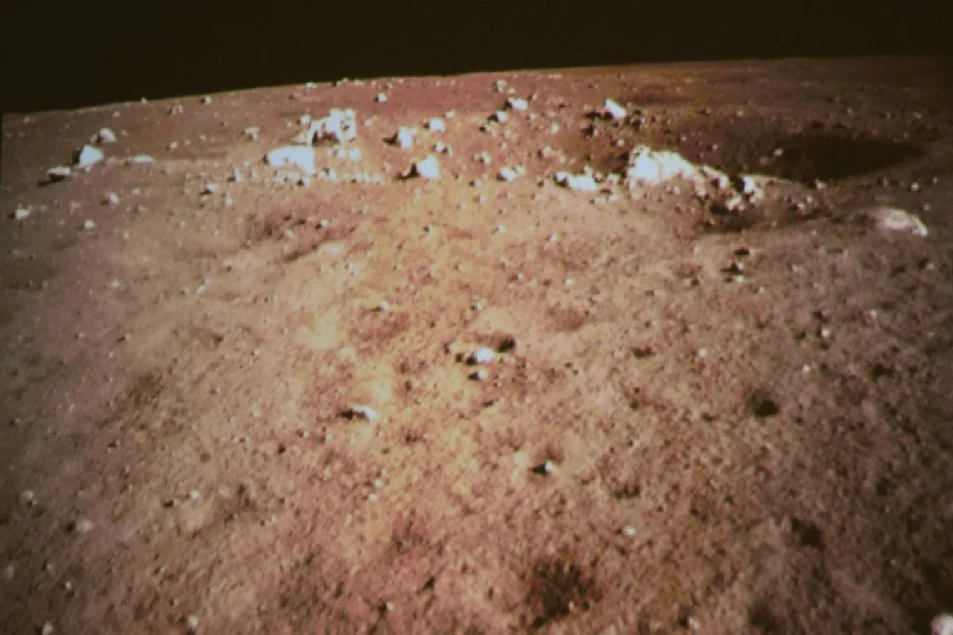Washington, October 23: Crystals retrieved by Apollo astronauts during the 1972 mission to the lunar surface have unveiled a surprising revelation that the Moon's age is 40 million years older than previously estimated.
In a study published in the journal 'Geochemical Perspectives Letters,' researchers harnessed the power of these crystals to precisely determine the Moon's formation time. This discovery recalibrates the Moon's age, pushing it back by 40 million years, now estimated to be at least 4.46 billion years old.
Philipp Heck, the Robert A. Pritzker Curator for Meteoritics and Polar Studies at the Field Museum in the US and a professor at the University of Chicago, stated, "These crystals are the oldest known solids that formed after the giant impact. And because we know how old these crystals are, they serve as an anchor for the lunar chronology."
The lunar dust sample used in this study was obtained by the Apollo 17 astronauts during the final manned mission to the Moon in 1972. This dust contains minuscule crystals that took shape billions of years ago and offers valuable clues about the Moon's birth.
The study's lead author, Jennika Greer, now a research associate at the University of Glasgow, explained, "We were approached by our coauthors, Bidong Zhang and Audrey Bouvier, who needed a nanoscale look at these samples to fully understand them."
The Moon was formed when a Mars-sized object collided with Earth, generating immense heat that melted the rock that later solidified into the Moon's surface. Since the zircon crystals must have developed after this molten rock cooled, determining their age establishes the minimum age of the Moon.
A previous study led by co-author Zhang provided an approximate age, but the most recent study employs an analytical technique called atom probe tomography. This method conclusively determined the age of the Moon's oldest known crystal. The atom-by-atom analysis, conducted at Northwestern University, revealed the radioactive decay of many of the atoms within the zircon crystals.
Based on the proportion of lead isotopes found in the crystals, the researchers estimated the sample to be approximately 4.46 billion years old, setting a new minimum age for the Moon.
"It's fascinating to have concrete evidence that the rock you're holding represents the oldest lunar material discovered to date. This provides a crucial reference point for a multitude of inquiries regarding our planet. Knowing the precise age of an object helps us better comprehend its historical developments," remarked Greer.
Heck added, "Determining when the Moon came into existence is of great importance because it plays a pivotal role in our planetary system. It stabilizes Earth's axial rotation, influencing the length of a day and the generation of tides. Life on Earth would be fundamentally different without the Moon. It's an essential component of our natural order that we aspire to fathom, and this study contributes a vital piece to the puzzle."
The authors highlighted the significance of understanding the Moon's formation, as it serves as a crucial element within our planetary system, impacting Earth's rotational dynamics and the occurrence of tides.
























